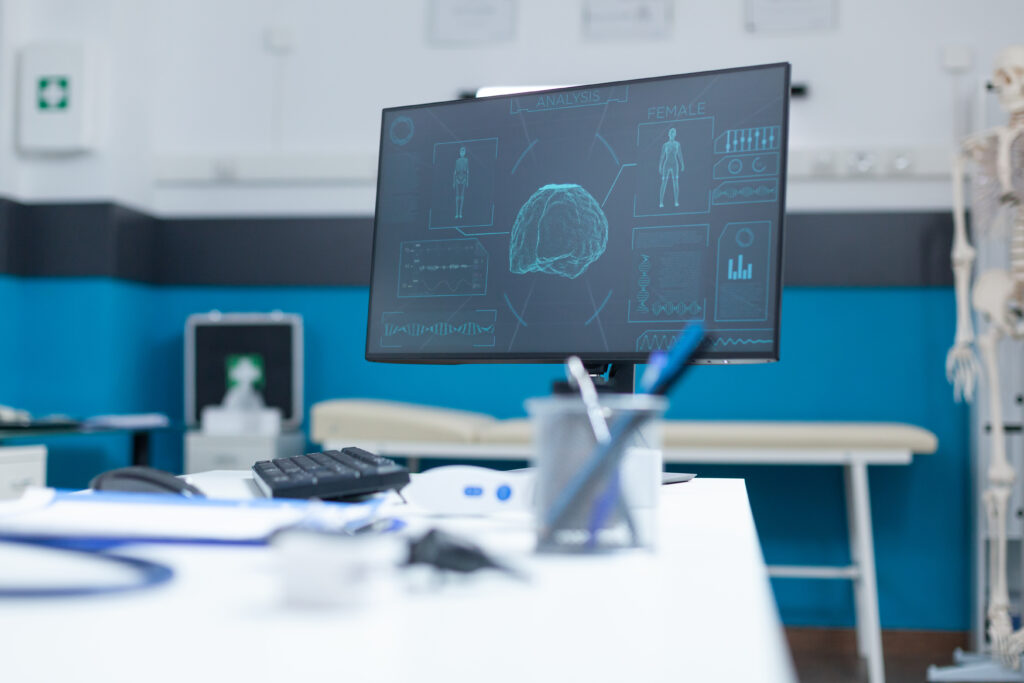Virtual Medical Education Innovations
Virtual medical education has been rapidly evolving in recent years, with a number of innovative new technologies and platforms being developed to help medical students and professionals learn and collaborate in ways that were previously not possible. Some of the most exciting emerging innovations in this field include:
- Virtual Reality (VR) and Augmented Reality (AR) – These technologies are being used to create highly realistic and immersive simulations of medical procedures and scenarios, which can be used to train medical students and professionals in a safe and controlled environment. For example, VR can be used to simulate surgeries, while AR can be used to overlay virtual anatomy onto real patients, allowing students to better understand the underlying anatomy and physiology.
- Online Learning Platforms – Platforms such as Coursera, Udemy, and Khan Academy have made it possible for medical students and professionals to access high-quality medical education content from anywhere in the world. These platforms allow students to learn at their own pace and on their own schedule, and provide access to a wide range of courses and resources from leading medical institutions and experts.
- Telemedicine and Remote Monitoring – With the advent of telemedicine, medical students and professionals can now consult with patients and colleagues remotely, using video conferencing and other digital tools. This allows for greater flexibility and accessibility in medical education and practice and can help to bridge the gap between urban and rural healthcare providers.
- Artificial Intelligence (AI) and Machine Learning (ML) – AI and ML are being used to create intelligent tutoring systems and other educational tools that can help medical students and professionals to learn more effectively. For example, AI can be used to analyze medical images and help students to identify patterns and features that they might otherwise miss.
- Gamification – Medical education is increasingly using game-based and other interactive learning methods to engage students and make learning more fun and effective. For example, medical students can learn about disease diagnosis and treatment through interactive games and simulations that mimic real-world scenarios.
- Social Media – Medical students and professionals are using social media platforms such as Twitter, LinkedIn, and Facebook to share information, collaborate, and stay up-to-date with the latest developments in their field. Social media can also be used to connect with other medical students, professionals, and patients, as well as to access resources and information about medical education and research.
- Mobile Learning – With the increasing use of smartphones and tablets, mobile learning is becoming an increasingly popular way for medical students and professionals to access medical education content on the go. Mobile learning apps and platforms can provide access to educational content, quizzes, and other resources, as well as allow students to interact with their peers and instructors.
All in all, these emerging virtual medical education innovations are helping to revolutionize the way medical students and professionals learn and collaborate. They are making medical education more accessible, interactive, and effective, and are helping to prepare the next generation of healthcare professionals for the challenges they will face in their careers. As technology continues to evolve, it is likely that we will see even more exciting and innovative developments in this field in the years to come

